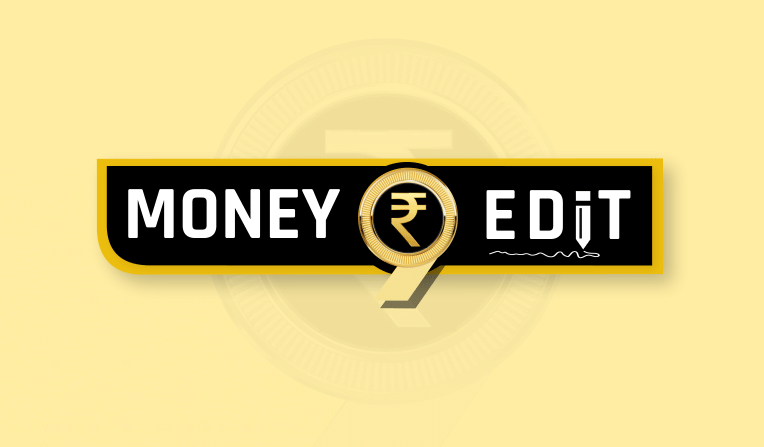Reform: To fund a welfare state
To deliver financial freedom, one of the major objectives for the reforms should be to earn enough revenues to fund a truly welfare state.

In the life of a nation, 30 years is a blip. But, in the case of India, the past 30 years have been almost as important as the first 30 after Independence when an underfed, under-clothed, malnourished, and poor nation gradually made a few strides in nourishing its people, building infrastructure, and gaining in confidence to join the global economic race. Just as a sapling is protected with a fence, in the initial decades of independence, the country had a ring of central planning.
In 1991, India had a second tryst with destiny. Looking back 30 years hence, it is clear that the country was destined to embrace economic reforms. The animal spirits of such a large population could not have been chained by sclerotic central planning. But standing amidst the worst disruption since Independence, it appears that the country is again at the crossroads just as it was in 1991 when it was on the verge of defaulting on payments.
The pandemic, the worst disruption in the life of independent India, has demonstrated the economic vulnerabilities of a large section of the people and has triggered the question, to what extent has the reforms worked to secure the future of the citizen at the bottom of the pyramid.
“The basic challenge of our time is to ensure that wealth creation is not only tempered by equity and justice but is harnessed to the goal of removal of poverty and development for all,” Manmohan Singh had famously said in his budget speech in 1991. The first phase of reforms undertook broad structural changes and was substantially successful in achieving the objective. GDP’s dependence on agriculture is far less pronounced. There has been a boom in the service sector with technological progress in manufacturing.
Indian companies have not only gone out and raised capital from the global markets but also have taken over many foreign companies in the manufacturing and service sectors. A country that was known for its snake charmers is now known as a software powerhouse. Global investors have converged on Indian stock markets that are bubbling with energy. Indian companies have become competitive and the customer, long-neglected in the decades following Independence, is increasingly becoming important. The country is on the way to be recognised as a player in a small exclusive club of countries with advanced space technology. It is also one of the few countries that is producing vaccines for Covid-19. Both the GDP – $266 billion in 1991 and $2.71 trillion in FY21 – and per capita income have increased considerably.
Despite the impressive achievements, the reforms have failed in one crucial aspect – its fruits have not percolated to the base of the pyramid. Since the last census in 2011, the number of poor have not been counted in India. But according to global bodies, the largest number of poor has been added in India during the pandemic in 2020.
Over the past few years, the country launched a few effective welfare measures guaranteeing rural employment for at least 100 days a year, the world’s largest health insurance, financial inclusion programme, basic insurance, and cash assistance scheme for vulnerable sections of the population. However, the government lacks sufficient revenue to sustain these programmes.
The focus of the next phase of reforms has to be on increasing revenues to fund welfare measures to emerge as a truly welfare state. Revenue buoyancy can come through a rise in investments both by domestic and foreign investors and a general increase in income levels of the people. Investments has to happen on a really large scale so that it can also take care of the unemployment level in the country.
In the first phase of reforms, there was a movement from farm to factory. The next phase has to ensure a movement from the unorganised to the organised sector and a simultaneous movement from the rural regions to the urban. If these two transitions happen at an accelerated pace, India would indeed have a third tryst with destiny.